Various ways to insert diameter icon into Windows applications.
The MS Word text editor has a fairly large set of special characters, which, unfortunately, not all users of this program know about. That is why, when it becomes necessary to add a particular symbol, sign or designation, many of them do not know how to do it. One of these symbols is the designation of the diameter, which, as you know, is not on the keyboard.
All special characters in Word are in the tab "Insert", in a group "Symbols", to which we need to turn for help.
1. Place the cursor where you want to add a diameter icon in the text.
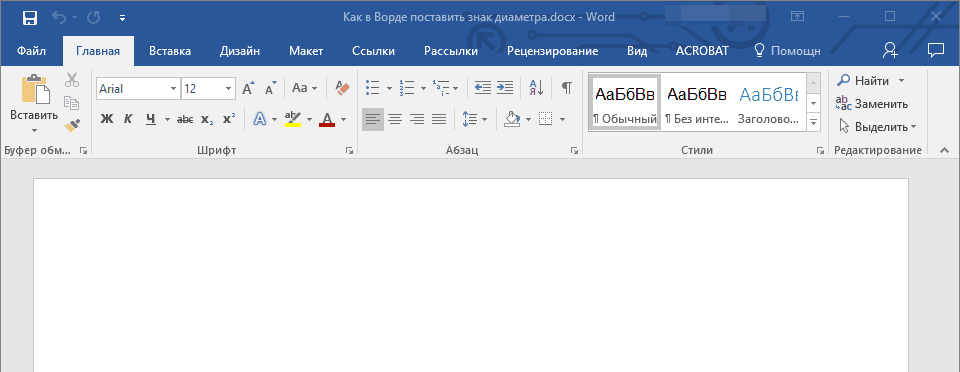
2. Go to the tab "Insert" and click there in the group "Symbols" on the button "Symbol".

3. In the small window that will expand after clicking, select the last item - "Other symbols".
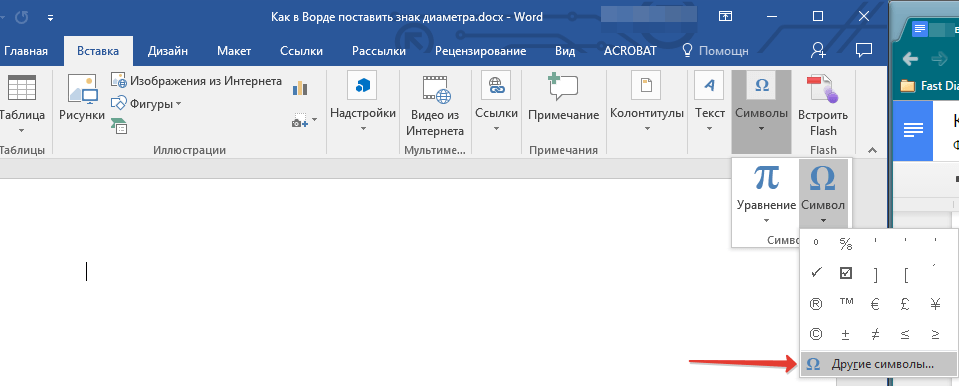
4. A window will open in front of you "Symbol", in which we have to find the designation of the diameter.
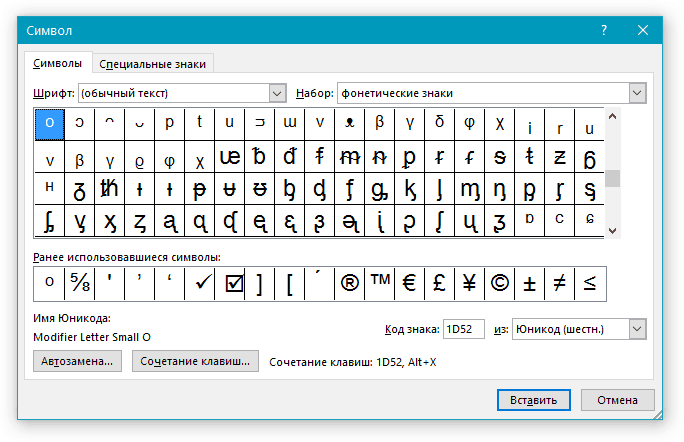
5. In the section "Kit" select item "Supplemented Latin-1".
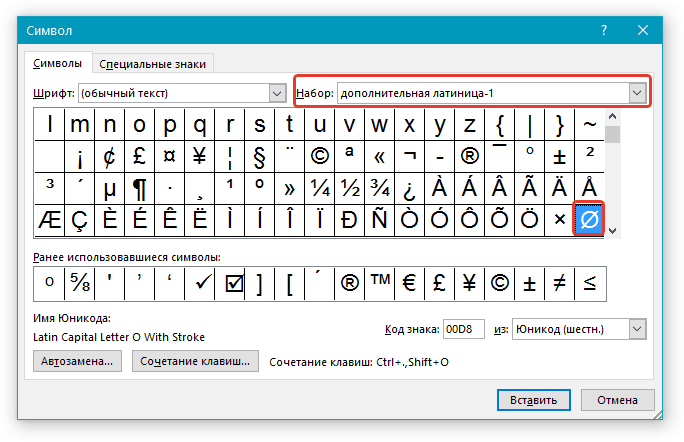
6. Click on the diameter icon and press the button. "Insert".
7. The special character you selected will appear in the document at the location you specified.

Adding a diameter sign using a special code
All characters that are in the section "Special characters" Microsoft programs Word have their own code designation. If you know this code, you can add the required character to the text much faster. You can see this code in the symbol window, in its lower part, by first clicking on the symbol that you need.
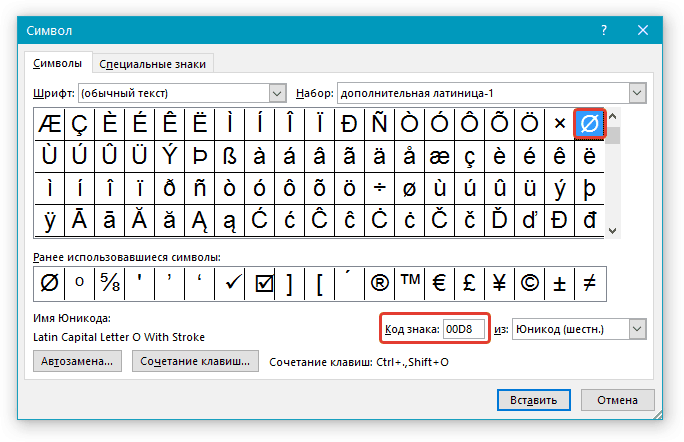
So, to add a “diameter” sign using code, do the following:
1. Position the cursor where you want to add a character.

2. Enter in English layout combination "00D8" without quotes.

3. Without moving the cursor from the set position, press the keys "Alt + X".
4. The diameter mark will be added.
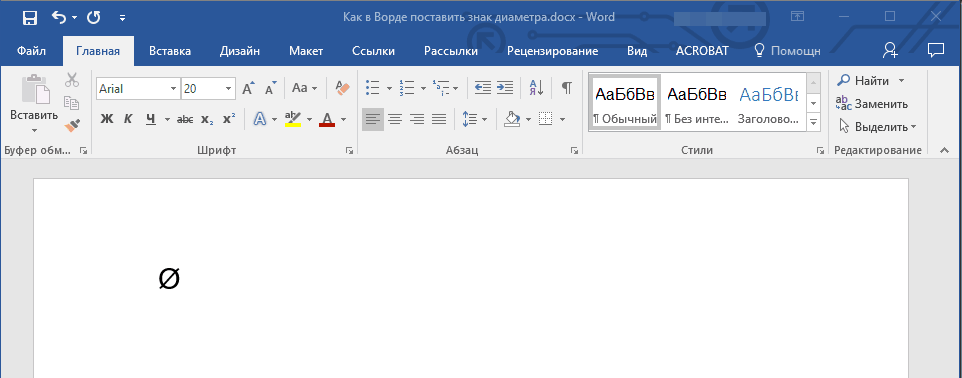
That's all, now you know how to insert the diameter icon into the Word. Using the set of special characters available in the program, you can also add other necessary characters to the text. We wish you every success in your further exploration of this advanced document management software.
Not all symbols are located on the keyboard. The diameter icon is also missing on it. But this does not mean that it cannot be inserted into most modern applications. There is such an opportunity. Moreover, this operation can be done completely different ways... The most versatile of these is the use of ASCII codes. The second method is tied to the office suite of Microsoft and works only in it. The last method is related to. To implement it, you need the original diameter icon, which will then be copied and pasted into the new application. Each method will be discussed in detail within the framework of this article.
When does this need arise?
There are many cases in which it becomes necessary to insert the “Ø” sign in For example, it may be needed when drawing drawings, preparing price lists, creating advertising bouquets or explanatory notes for pipe products or valves. This list can be continued further, but it is clear that, although not so often, but
insert into electronic document the diameter icon is sometimes necessary.
Using codes
The most universal way is based on the use of ASCII codes. It is implemented by the capabilities of the most operating system Windows, therefore, is not tied to any one, strictly defined application. First you need to remember a special code - "0216", which corresponds to "Ø" in the ASCII code table. And the order of input in this case is as follows:
- Change the input language until “En” (“English”) appears. If this is not done, then instead of "Ø" will be entered "Ш".
- Next, turn on the numeric enhanced keyboard. Its activation is signaled by the LED “ Num lock". If it is on, then nothing needs to be done.
- Then we go to the work area of our application, if it is minimized. To do this, just click on it in the taskbar. Then we move the pointer of the manipulator over its working area and make one click with the left button. At the same time, the cursor should blink in it.
- At the next stage, hold down the "Alt" key (no matter from which side, you can either left or right). Then, without letting go of her, consistently on the right numeric keypad we dial "0-2-1-6". We completely remove our hands from and after that the diameter icon should appear.

The main advantage of this method is its versatility. It works in most modern programs... There is no need to search for the original symbol. The disadvantage of such a solution is that you need to remember the code. If only one of this icon is required, then there is no problem. Worse if there are several of them. In this case, it is best to print out the most commonly used symbol code table on a sheet of paper and use it periodically.
Word and other office applications
The alternative way to enter "Ø" is tied to a specific group software products... it office suite Microsoft, which includes Word, Excel and other applications. Let's introduce the diameter icon in the "Word" as an example. In other cases, the entry procedure is the same. In the process, go to the toolbar called "Insert". It is located at the top of the screen between the Home and Page Layout tabs. Move to this inscription and make a single left-click. Then on the right side of the screen we find the "Symbols" sub-panel. On it, select the item "Symbol" and in the list that opens, select "Other symbols". All these manipulations are performed right click mice.
An insert window will open. In it we find the "Ø" we need by scrolling through the symbols. This can be done using a special wheel or by repeatedly pressing the left button of the manipulator on the strip on the right. When we have found "Ø", select it by single pressing the left button of the manipulator and press the "Insert" button (located in the lower right part of the window). Then we close the window. After that, the diameter icon should appear in Word (in its work area). The downside to this method is that it only works in one group of applications. Therefore, it will not be possible to use it everywhere.

Clipboard
Another way of pasting "Ø" is based on using the clipboard and a combination of the "Copy" and "Paste" operations. First you need to find this symbol somewhere. For example, you can insert a diameter icon in the "Word" in accordance with the previously described technique. Then select it and copy it (you can use the keyboard shortcut "Ctrl" + "C"). Then go to another application and use the paste operation ("Ctrl" + "V"). The downside of this solution is that you need the original symbol. And he is not always available.
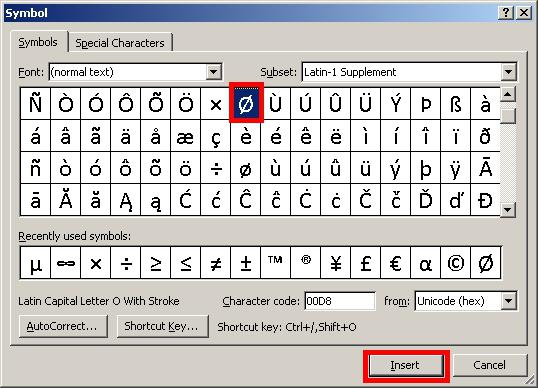
Finally
There is no diameter icon on the keyboard. But it can be entered without any problems in one of the three suggested ways. The simplest and most versatile of them is based on the use of so-called ASCII codes. It is not tied to a single application and works in almost all programs of the operating system.
In cases where it is required to indicate the size of the diameter, use a sign in the form of a circle with a line "Ø". This symbol is applied in front of the dimension number.
Examples of using the diameter sign:
Diameter marks on cylindrical and conical parts of rotation
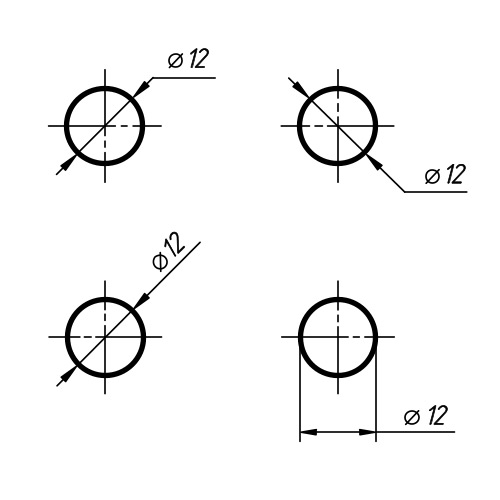
Dimensions applied when there is a lack of space
on the dimension line
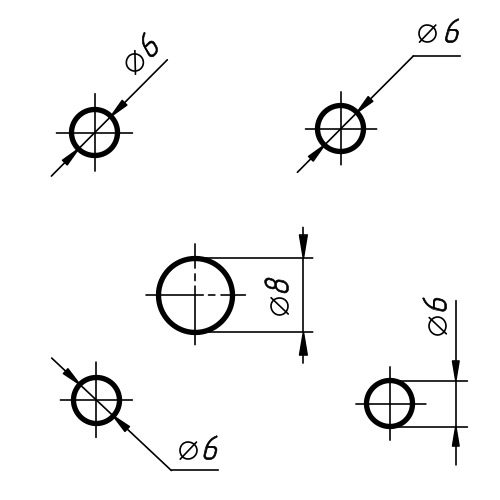
Dimension designation for lack of space
for shooters
Diameter- this is the length of the line segment connecting the surface of the circle. The diameter segment, in any case, only passes through the center of the circle. It is usually designated by the Latin letter "D" or by the sign "Ø". If the radius of the circle is multiplied by two, the sum is the diameter. All volumetric bodies that have a spherical shape, as well as those, at least one of the possible sections of which is a circle, are designated by the symbols of the diameter. Word " diameter"Comes from the Greek word" diametros"- diameter.
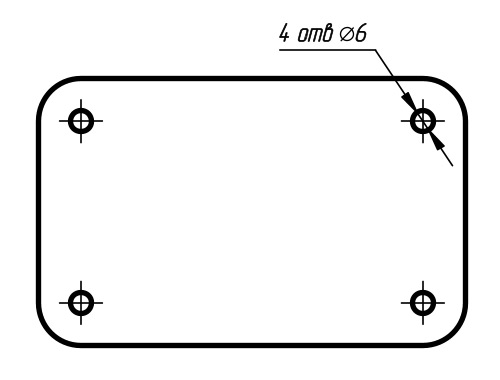
Example of marking four holes
with indication of diameter
In technical drawings, diameters are indicated by the crossed-out circle symbol “Ø”. This sign is placed in front of the dimensional numbers of parts, which can be both cylindrical and conical.
In cross-section, the cone is a right-angled triangle, one of the legs of which is parallel or pine to the body of revolution. Its parameters have the following designations: "D" - larger diameter, "d" - smaller diameter, "L" - length. In the drawing, the diameters of the cone are indicated by numbers, preceded by the signs "Ø" and the numerical value of the length without letter designations.
The most common parts with cylindrical surfaces are shafts for various purposes. Cylindrical bodies formed by the rotation of a rectangle about one of its sides are indicated by the diameter. Smooth shafts have some design features, and are divided into varieties: straight, stepped one-sided, stepped double-sided and heavy. For example, the shafts of asynchronous motors, in which the rotor is mated with the shaft by pressing to its largest diameter, and on both sides there are steps for bearings, fans, and pulleys. Double-sided stepped shafts can also be found in various mechanisms where any other design features are required. Cylindrical parts generally have an overall maximum length and outer diameter. Depending on the specific configuration of a particular product, its composition may include such elements as internal and external grooves, steps, grooves, etc. different diameters before the values of which the signs "Ø" are put.
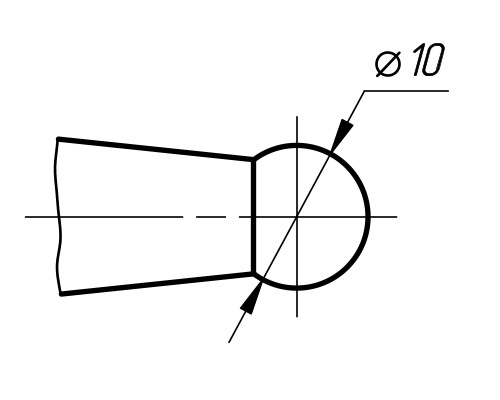
Diameter mark example
on a spherical surface
Tapered parts include tool adapter sleeves with tapered outer and inner surfaces. These bushings provide high centering accuracy and quick tool change times with sufficient rigidity when used on machine tools. Reducing sleeves are available as short or long.
Tapered tool parts of this type are called " morse taper»And are divided into numbers. The angles, lengths and diameters of the adapter sleeves can be taken from the special tables. In the tabular data, letter designations are used such as - "d" is the smaller diameter, "D" is the large diameter, "L" is the length of the part. In the drawings, diameters and lengths are denoted by numerical values, and the sign “Ø” is placed in front of the diameters.
« Morse taper»- in addition to reducing sleeves, it is used in the manufacture of twist drill shanks, end mills, fixtures and mandrels. Tool cones are fixed by elastic and plastic deformation. To implement such connections in the spindles of milling and turning machines, tapered holes are provided for installation auxiliary tool... In addition, on a lathe, the tailstock quill has the same tapered bore.
In technology, a large number of parts and their elements are used to designate which the diameter sign is used. For standard sizes of diameters, a parametric range is used, which includes standard sizes. When developing technical products, the calculated diameters are rounded to their nearest values. When indicated on technical drawings, the diameter sign should be accompanied by the axis designation with a dash-dotted line, which indicates a circular cross-section of the part of the part.
Working in Word does not have to be limited to just printing text. This text editor has a huge number of tools that can be useful for creating all kinds of files. Also, the developers provided it with many icons that are relevant for some work.
It goes without saying that not all icons can fit on the keyboard layout. For example, the diameter icon may be useful to the user, or, accordingly, a logical question arises: where to get it? Search the internet and insert into text? Why do this unnecessary work if this sign is provided in the functions of the Word! So, on the agenda is the question: how to insert a diameter sign in word.
Using symbols
Well, as I have already noted, among the tools of this text editor there is also a diameter mark that can be inserted into the text if necessary. To do this, you need to do the following:
Using the code
Each character in Word corresponds to a specific code. Thus, if you have a good memory, you can insert the required code into the text. As for the diameter, it was no exception: the small character corresponds to the code 00F8, and the large one corresponds to 00D8. 
After you write the necessary code in the text, place the cursor immediately after it, without a space, then click there with the left mouse button in order for a vertical line to appear - an input pointer. Now press the Alt + X key combination on the keyboard, and I want to draw your attention to the fact that the keyboard layout is absolutely unimportant. 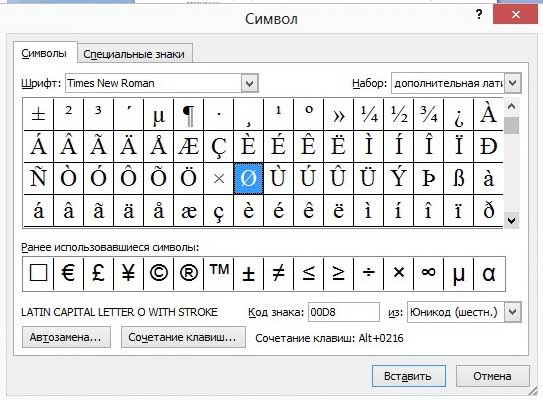
Alternatively, you can simply select the code with the mouse, then click the aforementioned combination of buttons.
Both methods perfectly take root in the user's everyday life. Of course, the use of the second is compounded by the need to memorize the code, however, it is ideal if you use the diameter icon regularly. Choose the method that is preferable for you!
Video to help
The third line will have a degree icon. 2300h in Unicode) is a diameter character. March 31, 2011. Tell me, where can I get the diameter sign - the crossed out circle in the WORD? The icon appears in the document, and the special characters window can be closed. If something else is written there, an empty square appears instead of the icon.
20 Mar 2009. Guest, Tell me where to find the sign (symbol) of the diameter in MS Word You need to insert this sign into the text of the document. Hello guys! Who knows how to display the diameter icon (crossed out circle) using a standard keyboard in Word.

And this is not Latin D or d. It was like that in our school. aaaaaaaaaa. 6 nov 2008. Main menu Insert Symbol. In the window that opens, you can find the symbol you need. Can also be inserted in combination. October 1, 2011. A special symbol is used to indicate the diameter in drawings and technical documentation. However on the keyboard. The topic was moved from the conference "About your own, about a girl's". Thank you, but why if you insert the detail into the Word (copy. LINEAR SIZE. See also. Similar characters: (2205h in Unicode) - an empty set sign.
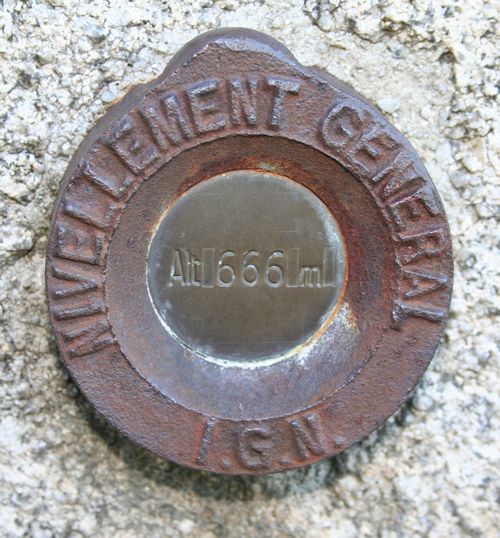
A rounded vowel. In many texts, you need to use special signs: a square of a number (degree), a copyright icon, and others. Today we will look at inserting degrees into a document. In these versions, the instructions are the same. A window will open with a huge list of understandable (and not so) characters. Do not be alarmed by this, but select the item "additional Latin-1" (located closer to the beginning) in the right drop-down list. Double click on it with the mouse.
 Bugs in Singularity?
Bugs in Singularity? Just Cause 2 crashes
Just Cause 2 crashes Terraria won't start, what should I do?
Terraria won't start, what should I do?